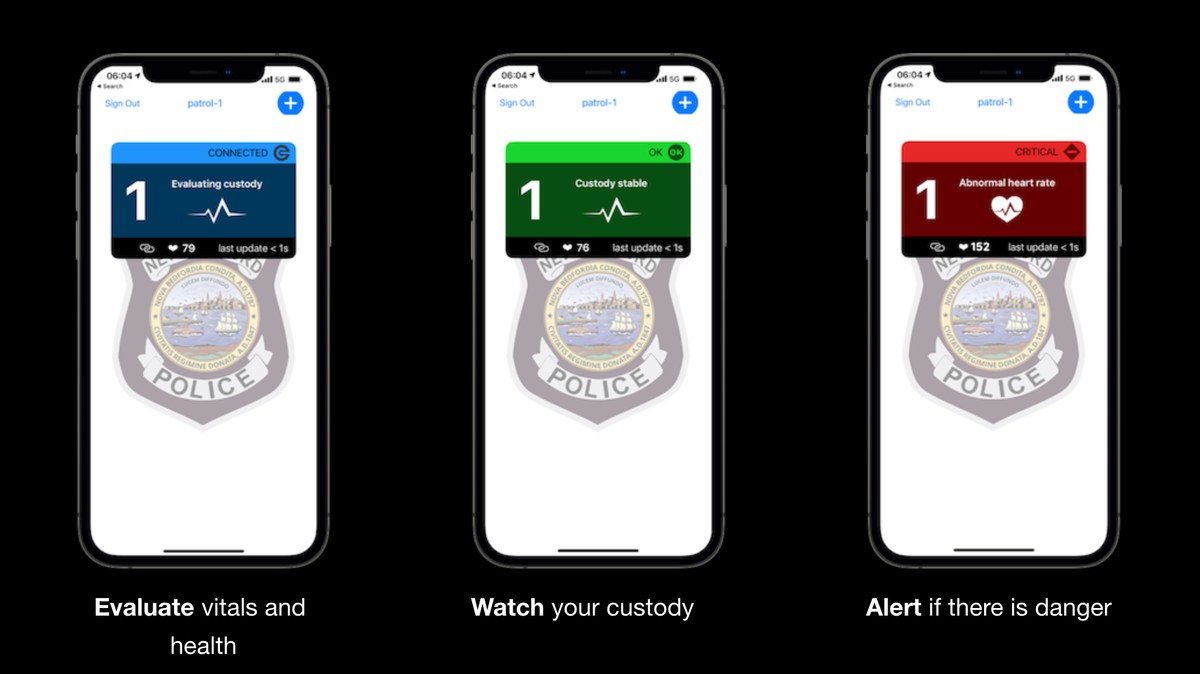The state's prison system will become the first to evaluate the Fitbit-like devices, which use algorithms to track prisoners' vitals.

Last year, an investigation by the US Department of Justice found that the Massachusetts Department of Corrections (MADOC) had been violating the Eighth Amendment of cruel and unusual punishment by failing to provide adequate mental health treatment to incarcerated people in crisis. The DOJ characterized MADOC’s mental health watch practices as restrictive, isolating, and involving unnecessarily harsh conditions.














While I would consider this more than a band-aid solution (treating the problem as opposed to really working to solve it), it needs to be matched with the aforementioned training of prison officials and officers in detecting and assisting with mental health issues.
I do not see how the anti-suicide bracelets are used to help the prisoners. It seems as if they are made to lower the suicide rates within the prison system by alerting guards when a crisis is in process. There are safe ways to help prisoners cope and overcome the various mental problems they may be battling. What techniques are being used to follow up after an alert besides stopping a suicide attempt? Are they placed back in a cell alone, seeing a therapist, etc? The bracelets are fill-ins because the prisoners aren’t being properly monitored. What about the prisoners who aren’t capable of trying to commit suicide , yet battling with the same mental health issues? The bracelets won’t benefit them, some prisoners may begin to express their pain through aggression towards others, yet they’ll just be looked at as a criminal instead of someone crying out for help. The “anti-suicide“ bracelets doesnt seem to do anything to target the root of why prisoners are committing suicide. Therefore, not solving the actual issue.
I think the wristbands are a great idea, but it would be great to see some more conventional mental health resources available to prisoners as well, like appointments with therapists, mentally stimulating classes, etc. The wristbands almost seem like an "after" solution meant to track suicide risk after the mental health problems have begun. Instead, there should be solutions that work to prevent/treat mental health problems BEFORE they've gotten to the point of suicide risk.
This is…interesting. So, dead prisoners are only ok when it’s the US Government killing them? 🧐
This was in response to a DOJ investigation that showed serious failure by the prison to protect prisoners with mental health issues. You can hear the finding in this podcast:
This an example of where reallocating funds would make more sense. Hand it over to suicide prevention professionals. Tackle the “why”, focus on support and not reactive measures!